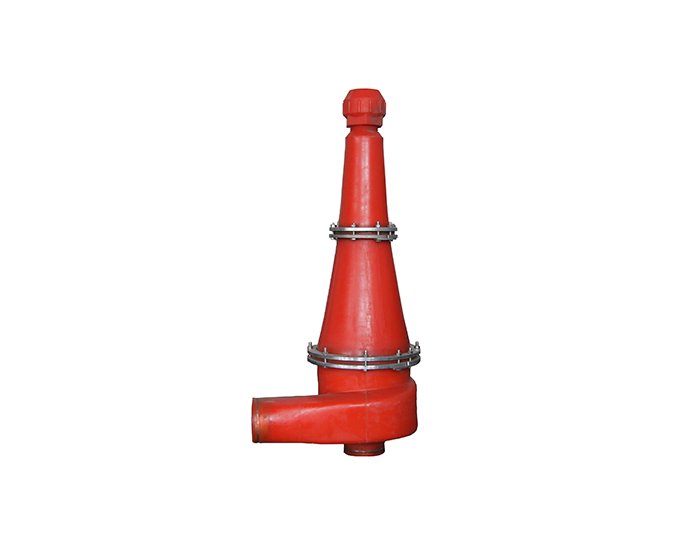Understanding Butterfly Flange Valves A Comprehensive Overview
Butterfly valves are among the most commonly used valves in various industrial applications. They are defined by their circular disc that can be rotated to regulate flow. One of the most popular configurations is the butterfly flange valve, distinguished by its flange connection, which provides a robust and reliable method for couple the valve to pipelines. This article delves into the features, advantages, applications, and installation techniques of butterfly flange valves.
What is a Butterfly Flange Valve?
A butterfly flange valve consists of a round disc attached to a rod. When the rod turns, the disc rotates to either block or allow the flow of fluids. Flanged connections are specifically designed for ease of installation and maintenance. The flanges are typically flat surfaces that allow for a tight fit when fastened with bolts, ensuring a leak-proof seal. This type of valve is especially ideal for larger piping systems, where space and weight considerations are important.
Key Features
1. Design The lightweight and compact design of butterfly flange valves makes them suitable for a wide range of applications. Unlike other valve types, they require minimal space and can be easily operated.
2. Material Construction Butterfly valves can be made from various materials, including stainless steel, cast iron, plastic, and aluminum. The choice of material often depends on the application, including the type of fluid being handled and the environmental conditions.
3. Variety of Styles These valves come in different designs—wafer, lugged, and flanged—all of which have their own unique advantages. The flanged style, in particular, is known for its ease of integration into existing piping systems.
4. Operating Mechanism Butterfly flange valves can be operated manually or automated. Manual operation is typically done using a hand lever, while automated systems may incorporate electric actuators or pneumatic systems for remote control.
Advantages of Butterfly Flange Valves
1. Efficiency Due to their simple design and quick operation, butterfly flange valves are very efficient in regulating flow. They can open and close rapidly, making them suitable for applications that require precise flow management.
2. Cost-Effective The manufacturing process and materials used in butterfly valves contribute to their affordability. They are generally less expensive than other valve types when comparing cost to performance.
3. Low Pressure Drop The streamlined design ensures that there is minimal resistance to the flow of fluids, resulting in a lower pressure drop across the valve compared to other valve types. This feature is vital for processes requiring energy efficiency.
butterfly flange valve
4. Versatility Butterfly flange valves can be used in various applications, including water supply, waste treatment, oil and gas, and chemical processing. Their broad adaptability makes them a staple in many industries.
Applications
Butterfly flange valves are primarily used in scenarios where space is constrained yet a reliable flow control mechanism is required. They find applications in
- Water Supply Systems For regulating the flow and ensuring proper distribution of water.
- HVAC Systems Controlling the flow of air and fluids in heating, ventilation, and air conditioning systems.
- Chemical Processing Handling corrosive and toxic chemicals safely.
- Food and Beverage Industry Ensuring that the flow of liquids adheres to hygiene standards.
Installation Considerations
Proper installation is crucial to ensure optimal performance and longevity of butterfly flange valves. Here are some important steps to consider during installation
1. Alignment Ensure that the valve is properly aligned with the existing piping to avoid undue stress on the valve body.
2. Gasket Selection Use an appropriate gasket material to prevent leaks. The choice of gasket will depend on the type of fluid and their operating temperatures.
3. Bolting Use the correct torque settings when fastening bolts to create a secure and leak-proof seal.
4. Testing After installation, it is essential to conduct a pressure test to identify any leaks and ensure that the valve operates as intended.
Conclusion
Butterfly flange valves offer an effective and efficient solution for controlling flow in numerous applications. Their unique advantages, such as low pressure drop, versatility, and cost-effectiveness, make them a popular choice for engineers and contractors alike. Understanding their features, applications, and proper installation methods will help in selecting the right valve for specific requirements and ensuring successful operation in the long term.
 Linear Motion Shale Shaker In Drilling Rig
Linear Motion Shale Shaker In Drilling Rig  Oilfield Mud Cleaner
Oilfield Mud Cleaner  Drilling Fluid Decanter Centrifuge
Drilling Fluid Decanter Centrifuge  Drilling Mud Desander
Drilling Mud Desander  Hydrocyclone Desilter
Hydrocyclone Desilter  Centrifugal Pump/Centrifugal Mud Pump
Centrifugal Pump/Centrifugal Mud Pump  Shear Pump
Shear Pump  Jet Mud Mixer
Jet Mud Mixer  Horizontal Mud Agitator
Horizontal Mud Agitator  Constant Pressure Drilling Fluid Mud Gas Separator
Constant Pressure Drilling Fluid Mud Gas Separator  Mud Gun
Mud Gun  Mud Tank
Mud Tank  Solids Control System Vacuum Degasser
Solids Control System Vacuum Degasser  Flare Ignition Device
Flare Ignition Device  Diesel Tank
Diesel Tank  Submersible Slurry Pump
Submersible Slurry Pump 





































